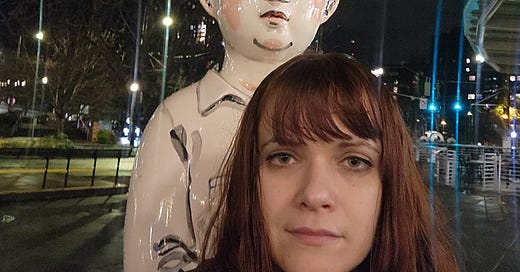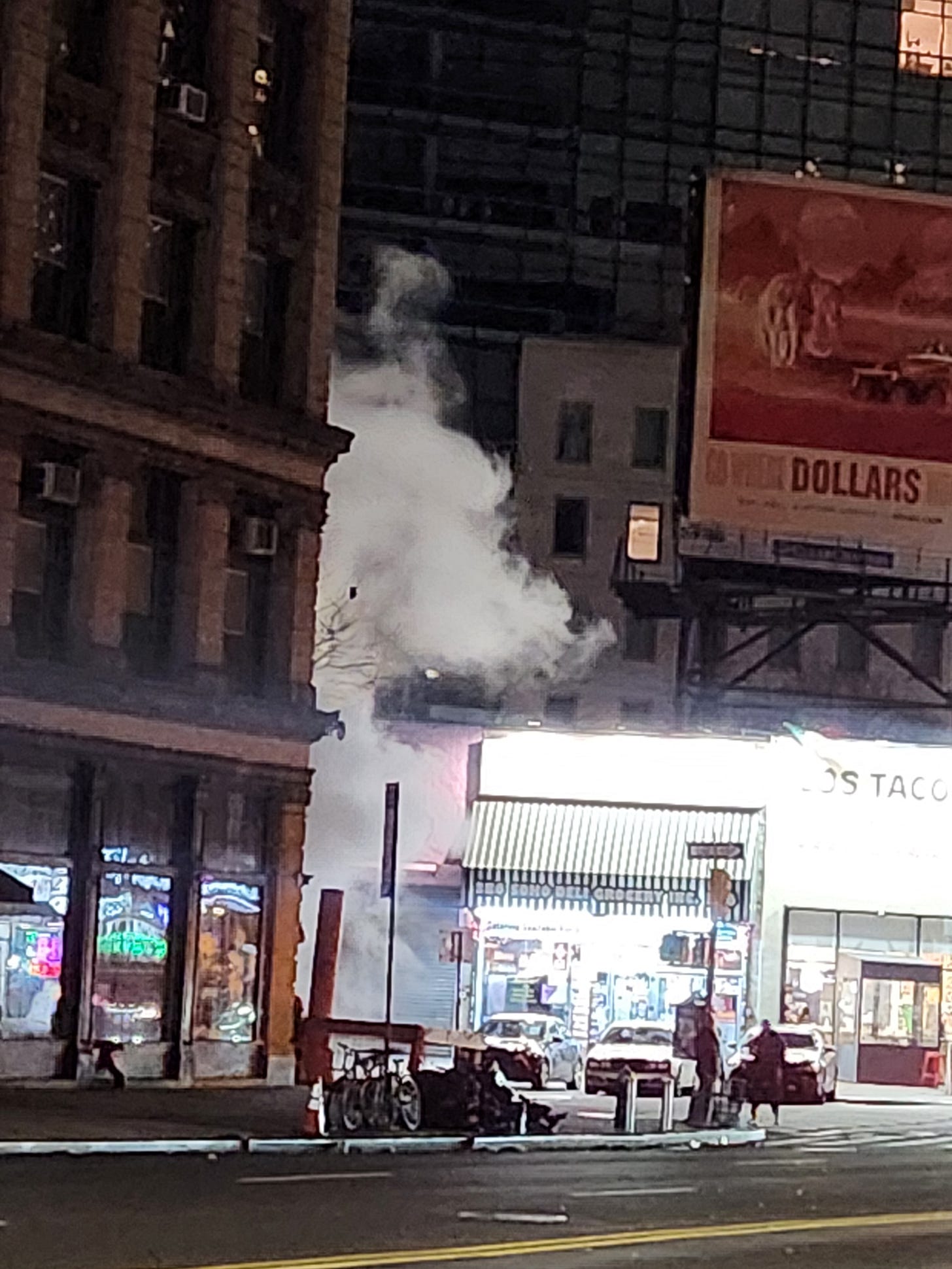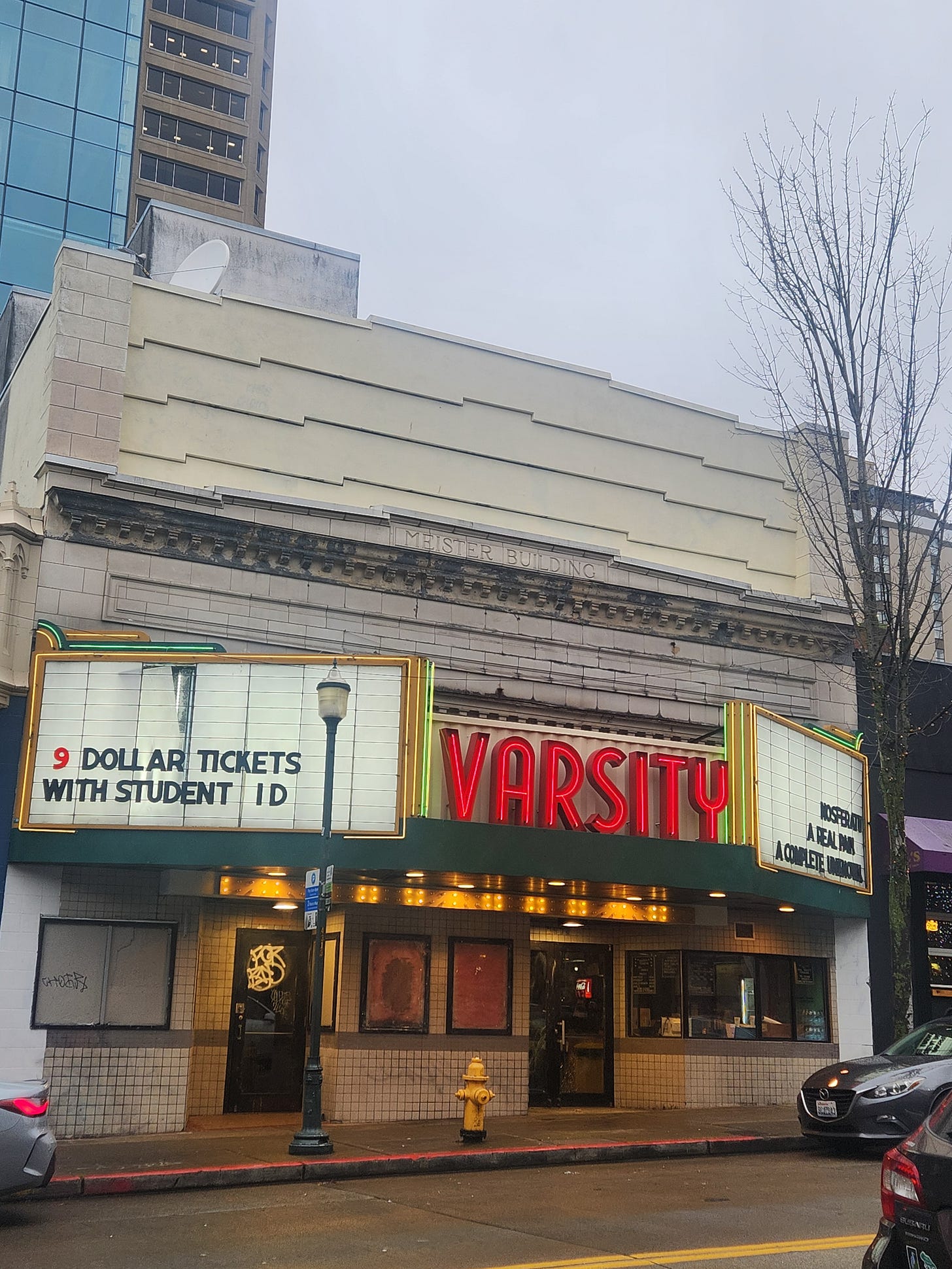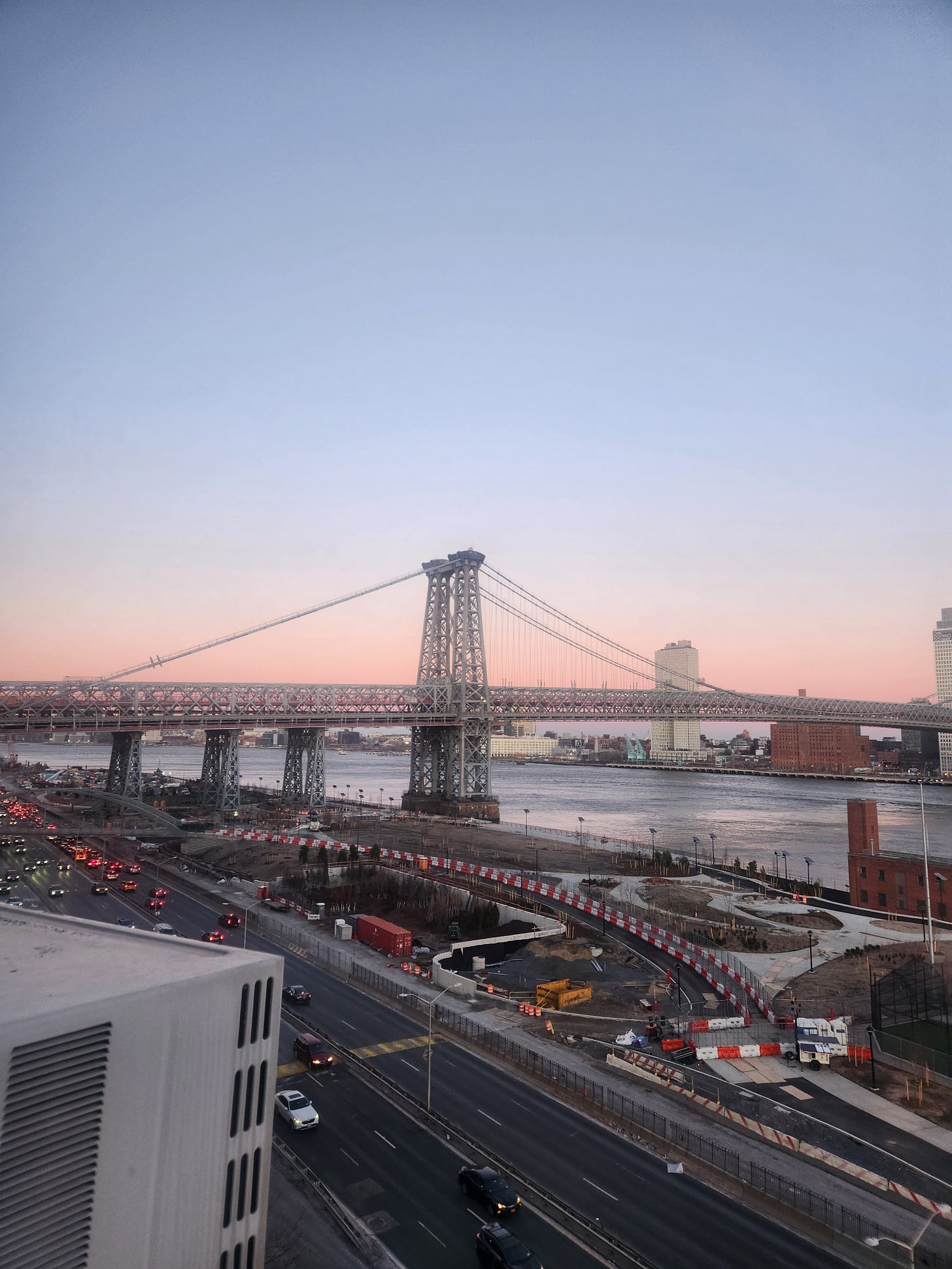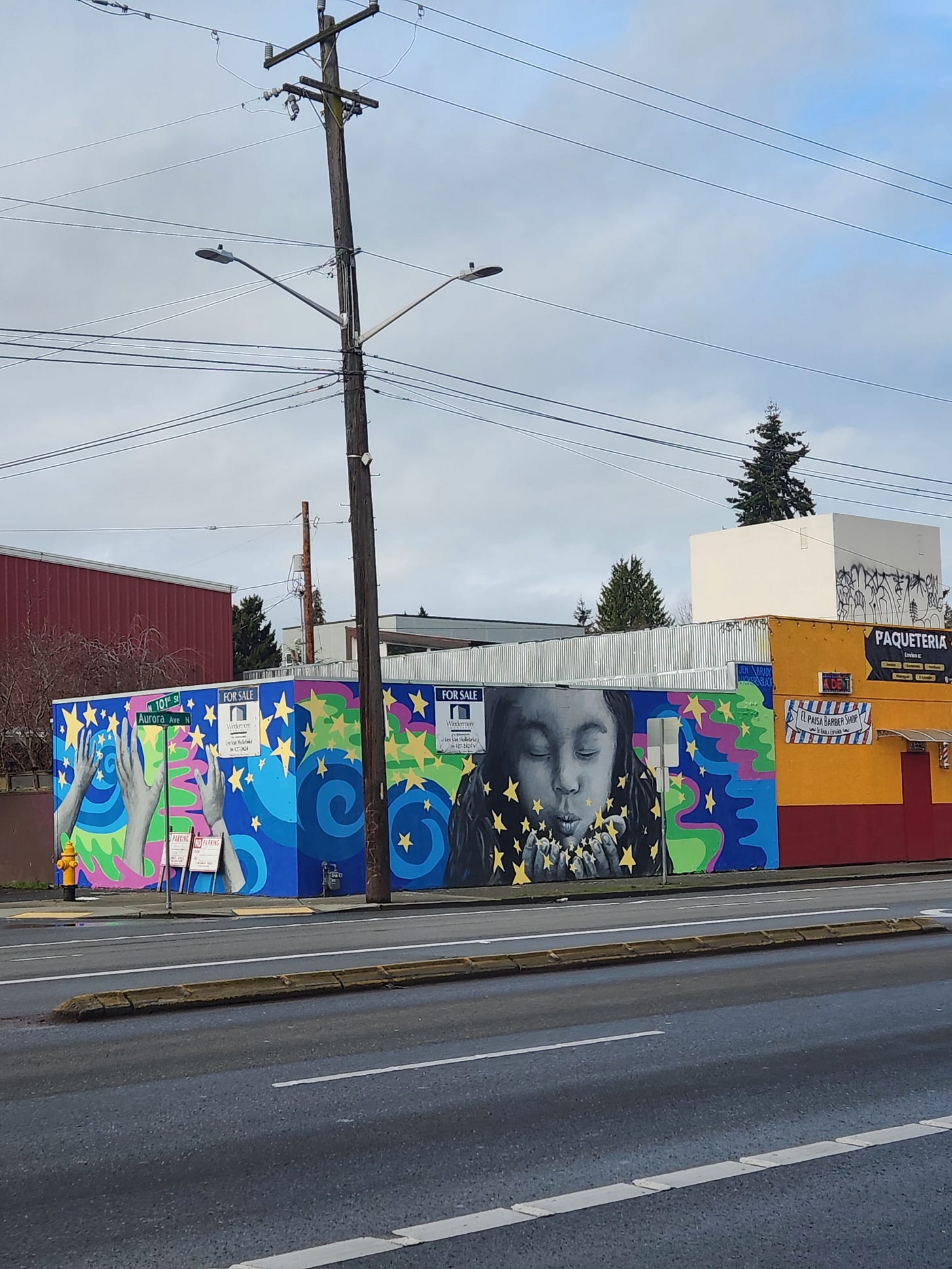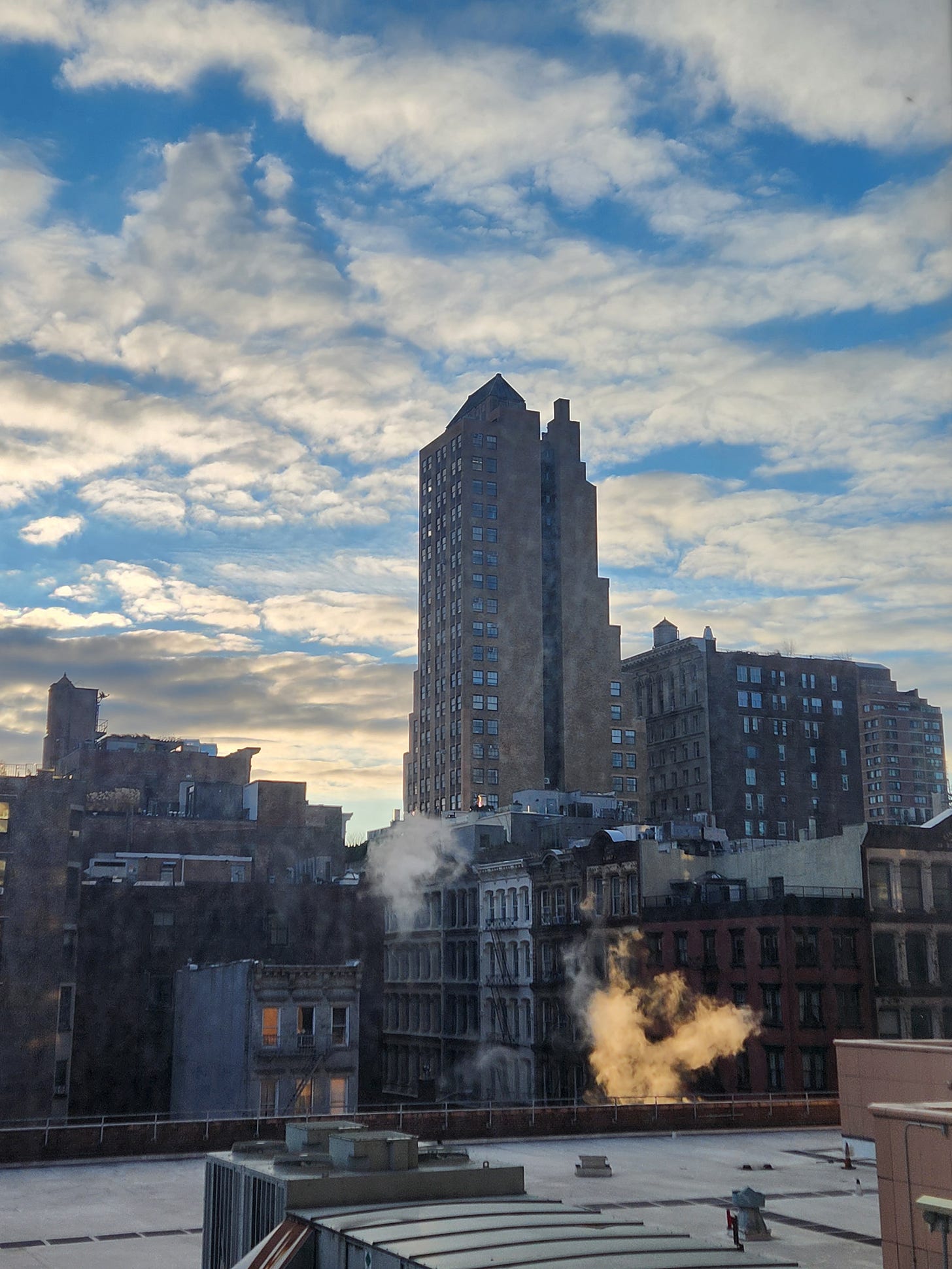In 2024, I got really weirdly obsessed with my own teeth.
In a shocking revelation, it was about MORE than my teeth.
All of 2024, I was convinced my gums were infected and my teeth were doomed to fall out like two Real Housewives on a Beverly Hills day cruise. If you looked at my mouth, it was obvious my gums weren’t bleeding and my teeth were in tact. My long-suffering girlfriend reminded me of this regularly. It didn’t hurt to eat, I wasn’t in deep pain, I just had a metal bar clinging to one bottom tooth like a useless barnacle. It would dance around when I ate chips, and make flossing a Cirque Du Soleil of shredded string. It was a relic of a permanent retainer that lost its luster, and that decomposition felt like a doomed prophecy.
My obsession with my teeth got worse as other uncertainties loomed. When our shady immigration lawyer ghosted us for the third time, I bought a rubber straw to shield my enamel from my morning coffee. When I missed a second friend’s wedding because traveling could’ve gotten me banned from the EU, I bought value packs of xylitol gum. When Trump won the election, I replaced my Waterpik and bought scammy remineralizing tabs from a targeted ad.
Each night, I studied images of genocidal wreckage in Gaza, I read GoFundMe posts from American friends in medical debt, and I eyed my gums suspiciously: like a plot of soil eroding from climate change.
Sometimes, I’d wake up at 3am, and run my tongue over each tooth, taking attendance of them like children on a field trip. I’d cock my head in front of the mirror and obsessively trace cracks in the enamel, forecasting cavities in my dentin.
I called four emergency dentists in the Netherlands, but without insurance or a residency card, I couldn’t even pay cash for a check-up. I needed an actual emergency to merit an undocumented trip, and despite my anxieties, a half-glued retainer didn’t qualify.
As with most physical obsessions, airbrushed images of celebrities only heightened my compare-and-despair. There were no cracks in Hilary Duff’s uncanny veneers, no flailing metal bar attached to J Lo’s movie star smile. While yes, I was surrounded by friends without Turkish veneers, their mouths aren’t displayed to me in a series of HD screen close-ups, which made studying their bottom teeth harder (and deeply creepy).
So, my obsessive visions of my teeth falling out increased — backlit by real-life news images of trauma and destruction. There was no mirror of assurance in the television teeth, just as there was no existential assurance in my phone’s bottomless doom scroll. And by design, both the celebrity teeth and doom posts screamed for my attention louder than the regular teeth of friends or the local good news outside my window.
When I planned my first trip back to the US after 1.5 years of immigration purgatory, my mom offered to make me a dentist appointment. I was still waiting to be approved for a Dutch dentist, and it felt fitting to return to the origin city of my doomed teeth. It was comforting for my mom to manage logistics and show motherly care in a way rarely built into adult relationships. But even so, I was convinced my teeth would be condemned, and I’d run up my credit card with thousands of out-of-pocket dollars.
Arriving back in the US triggered a pathological anxiety parallel to my dental fears. Just like I’d examined my teeth through the funhouse mirror of my paranoia, I’d kept up with America through horrifying internet images, and doomer reposts from friends. While I knew this wasn’t true, some large part of my brain feared everything I loved would be gone.
I imagined I’d step off the plane and NYC would be reduced to one empty investment skyscraper, accruing interest and profits for a billionaire, and all the former diners and bars would be prisons for fare evaders. To top it off, no one would remember me, and I’d be a nostalgic ghost haunting the steps of the city’s carcass, until I was thrown into a Court Square Diner holding cell.
Similarly, I thought I’d land in Seattle and the coastline would be a stranger, Ivars would be an Amazon outpost, and the street names would be replaced with QR codes, I’d forget the bus routes on Holman Road, and Pho Than Brothers would be a cyber truck parking lot. More embarrassingly, I worried I’d be gatekept by friends and family for claiming the city that raised me — after years away and an accidental exile.
When I finally arrived at the dentist office, I was shocked by how wholesome it was. “Honey I Shrunk The Kids” played in the waiting room over a hearth full of Christmas garlands. The assistant who lead me to the chair gushed about my friendly mom, peppered me with questions about Amsterdam — and cited Stroopwafel as her favorite morning snack. As she took X-rays, measured gums, and cleaned gaps, the primary dentist commended me for being patient, and said she would have “gone crazy” trying to floss around that metal.
After buzzing the glue off my teeth and freeing them from their metal nemesis, she cheerily reported I had no cavities — just some enamel damage. I was sent off with a newly fitted retainer, and felt both ridiculous and relieved.
My return to the States paralleled the dental visit, in its calm conversation with my fears. The first NYC friend I saw was my former roommate Chris, who set out early Christmas decorations for my arrival. One of our first meals was at Spicy Village, a Chinatown mainstay that still very much still exists, and was not transformed into a kids-only jail by Eric Adams (yet). The street art on Myrtle was still in tact, my friends still remembered me, and I fell into a rhythm as natural as breathing (or more accurately, pissing on the sidewalk).
When I landed in Seattle, I was relieved to see the Cascades hadn’t been chiseled into hoverboard chargers, Beth’s Cafe was still open after a brief pandemic closing, and the moody fog around Greenlake wasn’t just one big vape cloud (it was a series of small vape clouds). My loved ones had no interest in gatekeeping or punishing me for bureaucracy of my control, and the world - despite its worn enamel — still existed.
The singular beauty of gratuitous anxiety is you overshoot the doom. The changes I fear — both in my teeth, and the world at large, are not fully imaginary. They’re an accelerated fiction of the decay that exists, but a fiction nonetheless. Just as it’s crucial to fact check online misinformation, it’s equally check the stories cycling in your own head. There’s a (false) narrative that we need to anticipate and respond to the most wretched predictions in our timelines.
We’re often fed this binary narrative, that prophesying more doom is somehow a preventative measure against pain and decay. OR, you must look away from the pain you’re already experiencing because it will swallow you up to acknowledge it. Writing grim predictive fan fiction about the people and places you love, can feel like it’s inoculating you from shock and alienation, when really it’s creating a calcified wall of paranoia.
As 2025 kicks off, it’s key to remember you cannot fully predict the future, and prematurely hurdling yourself into the worst endpoint only keeps you up at 3AM counting non-existent cavities. It’s impossible to tend to the glorious present when you’ve already rolled over for a future you don’t want.
In the binary, you either avoid brushing your teeth completely, or you obsess over a simple gap until it turns into a hallucination. The reality is usually both and neither, that if you stop brushing the cavities will come, but not every sign of wear is a dead tooth.
But also, don’t listen to me, I’m currently drooling because I didn’t click my retainer in all the way.

